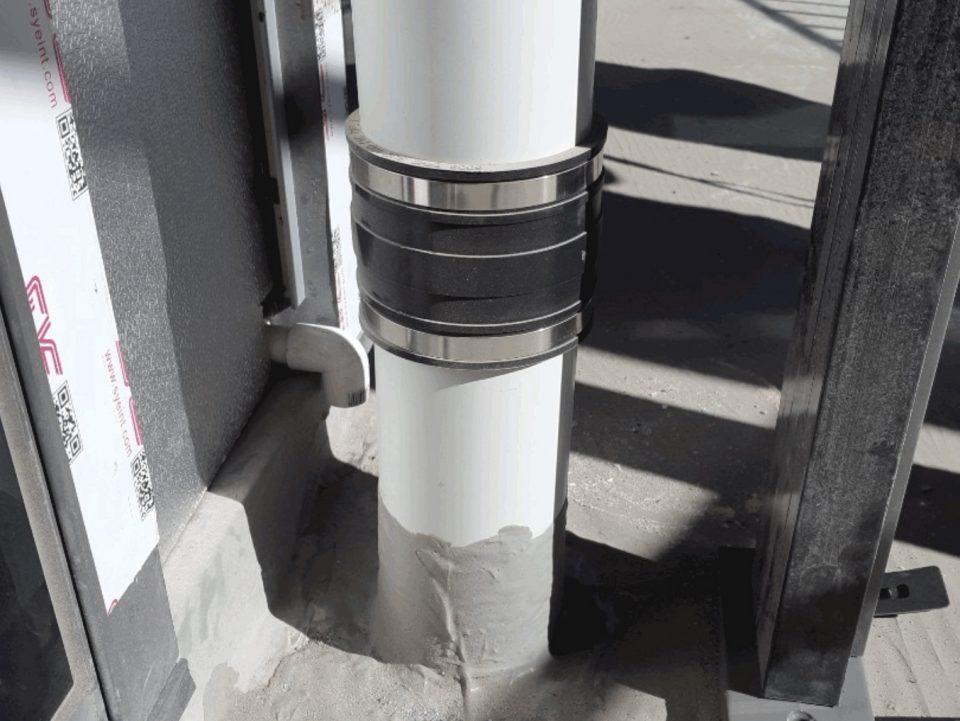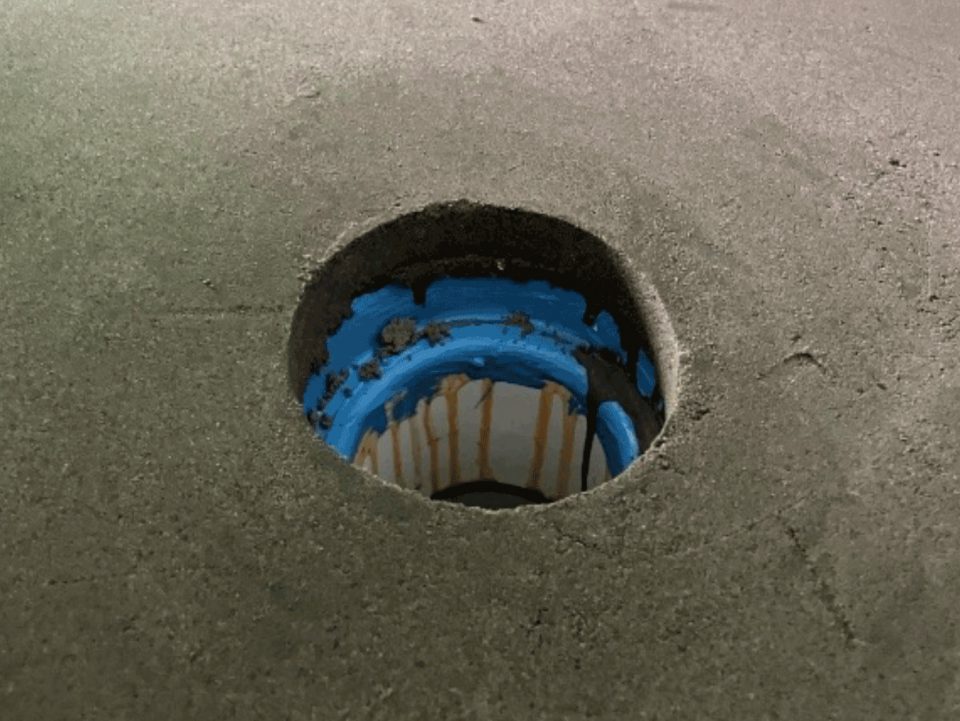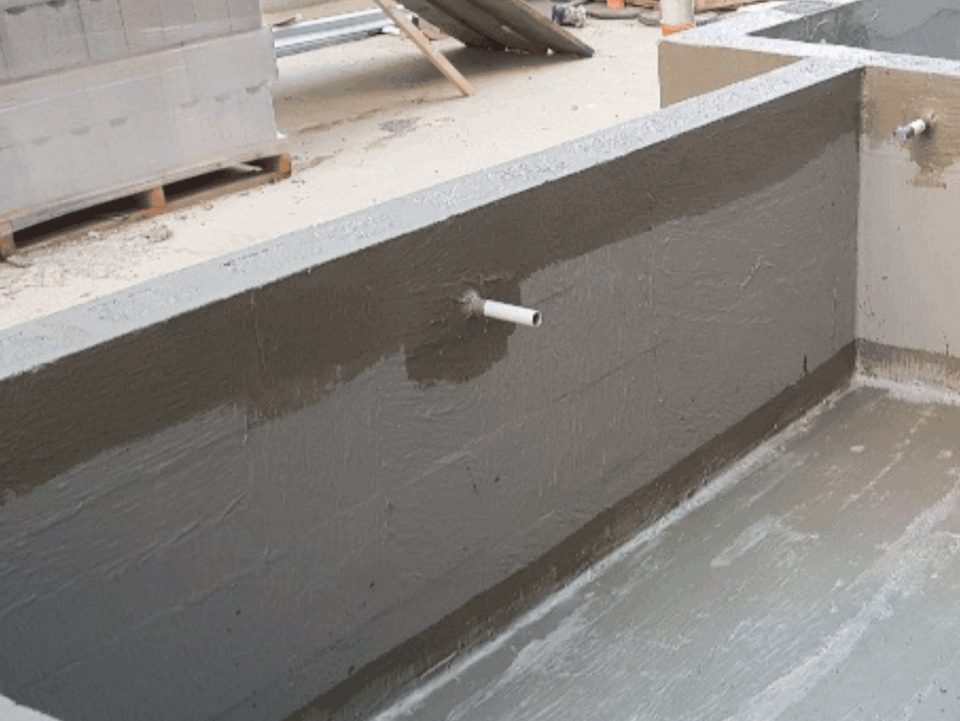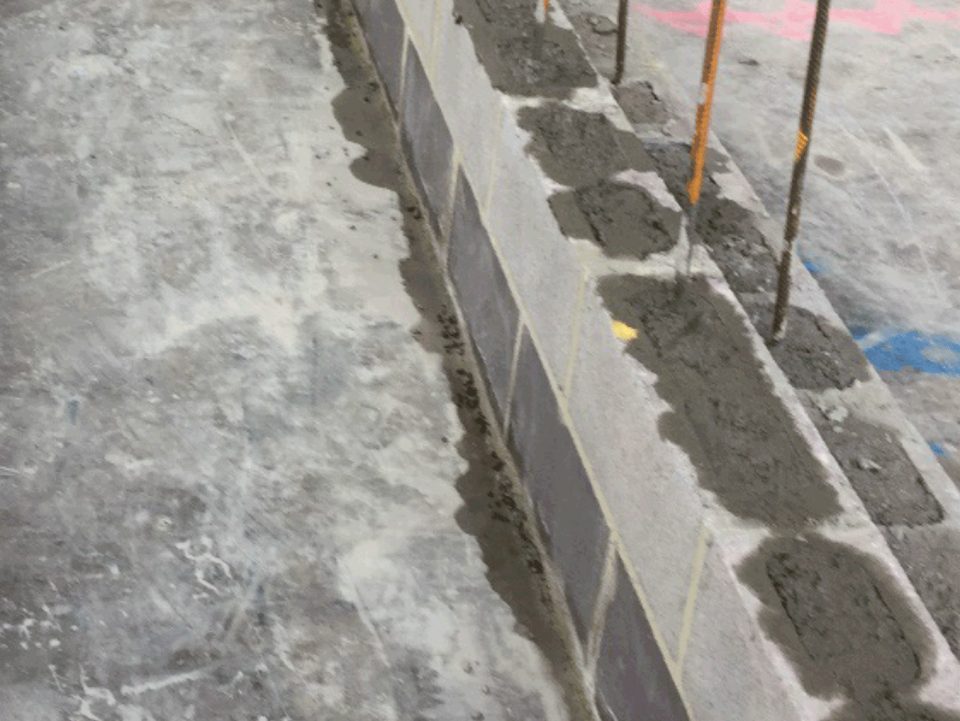Home Cuppa Convos Technical Snapshots Technical Snapshot: Exposed Liquid Waterproof Membranes
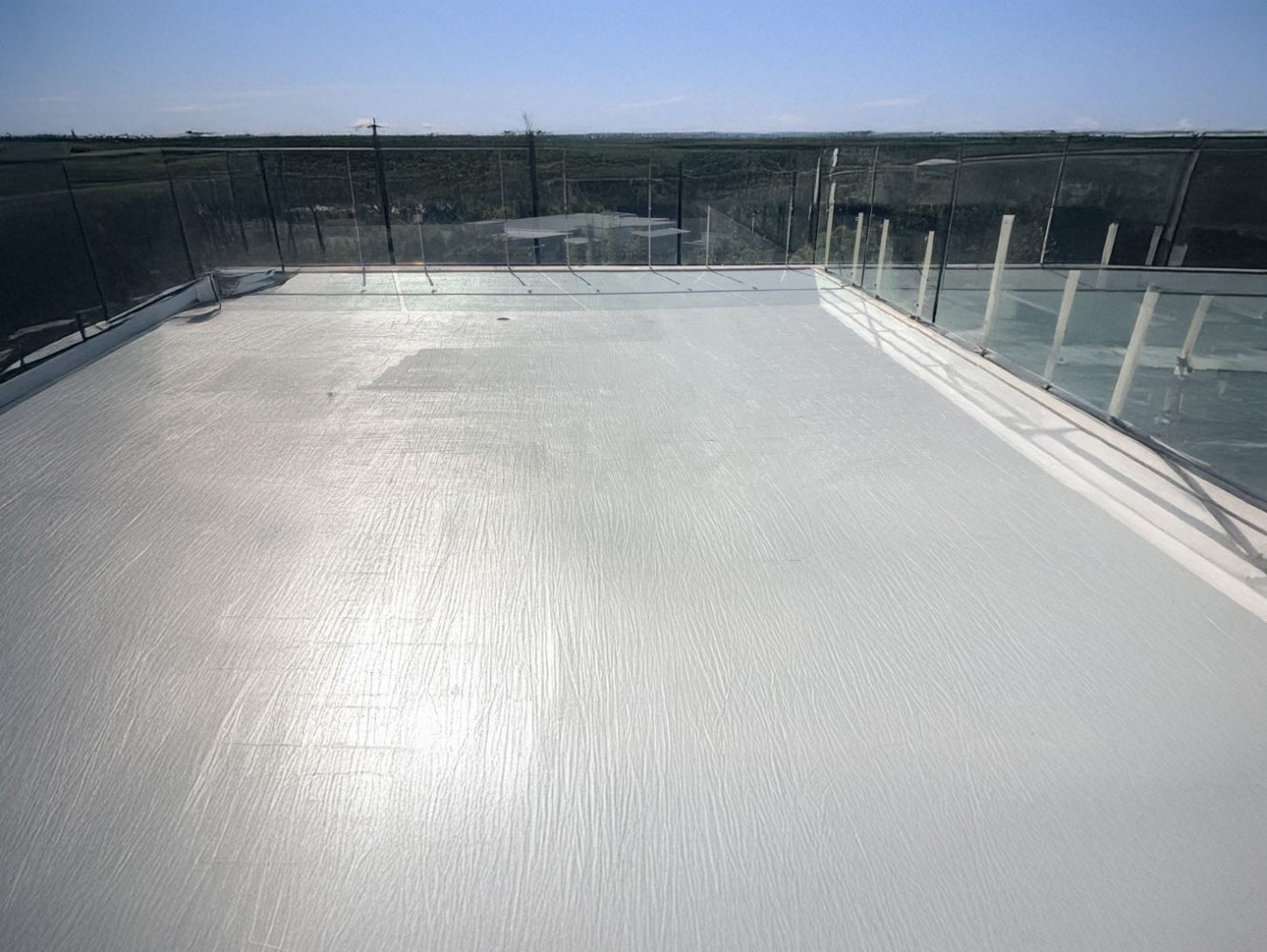
Technical Snapshot
Issue: Exposed Liquid Waterproof Membranes
Liquid waterproofing membranes are a popular choice in construction due to their seamless, flexible, and cost-effective nature. They are particularly effective for complex surfaces and detailed areas. However, without proper application and consideration of key factors, liquid membranes can lead to significant issues.
Incorrect Installation: Ensuring uniform application is critical. Poor workmanship or uneven coverage can result in thin spots, pinholes, or irregular layers that compromise the waterproofing. Achieving a consistent membrane thickness requires skilled labour and attention to detail.
UV Exposure: In external applications, bitumen-based membranes can deteriorate rapidly if left exposed to UV rays. If the wrong type of membrane is used or insufficient protection is provided, long-term performance is severely impacted.
Weather Sensitivity: Liquid membrane applications are highly dependent on external conditions such as temperature, humidity, and rain. These environmental factors can affect drying times and adhesion, leading to uneven curing or early membrane failure if not applied under optimal conditions.
Incorrect

Pic 2. Uneven, irregular layers (Refer to Pic 2 & 3)
Pic 3.
Solution
To ensure a successful liquid membrane waterproofing application, several key practices should be followed:
Even Application: Skilled labour is essential to achieve uniform thickness across the substrate. Using appropriate tools, monitor the membrane during and after application to avoid inconsistencies that could compromise its performance.
UV Stability: For outdoor applications, always use a UV-stable membrane in line with the manufacturer’s recommendations. Bitumen membranes should not be exposed to UV without a protective layer.
Adhere to Standards: In external applications, the waterproofing membrane must extend at least 100mm up walls to complete the tanking of the floor area, complying with the AS4654.2 standard. This is especially important in exposed areas like balconies, where weatherproofing is essential.
Use the Right Primer: For external installations, a two-part epoxy primer should always be used under the membrane. This improves adhesion and ensures a stronger, more durable waterproofing layer.
Flexible Bandage for Joints: In external applications, a flexible waterproofing bandage should be applied at all joints and corners to prevent cracking and ensure continuous coverage.
AS4654.2 states that ‘The substrate shall be smooth, without protrusions, voids or formwork distortions, and clean, dry, and free from dust and contamination.’
By addressing these issues and following proper application techniques, liquid membrane waterproofing can provide a long-lasting, effective solution for both internal and external applications.
Correct

Pic 5. Clean, dry, and dust-free surface before application
Pic 6. Free from voids and formwork distortions




